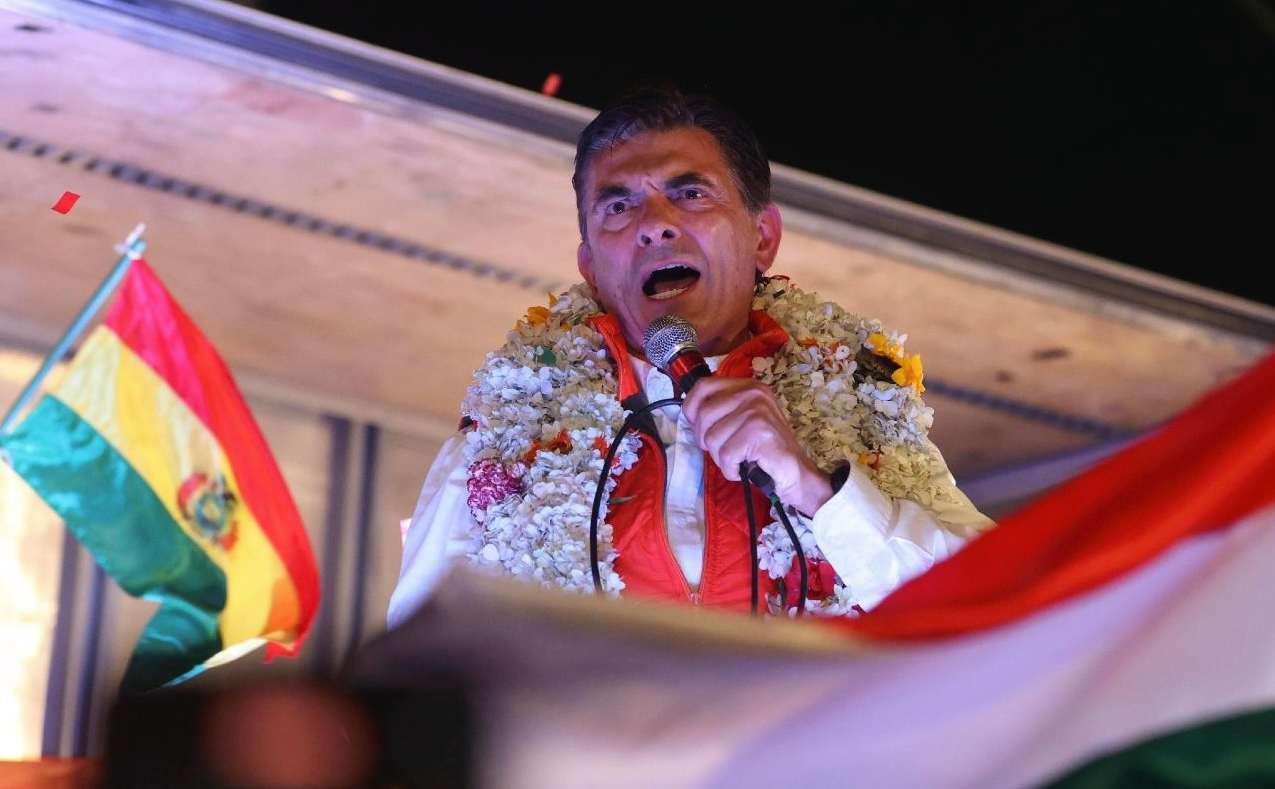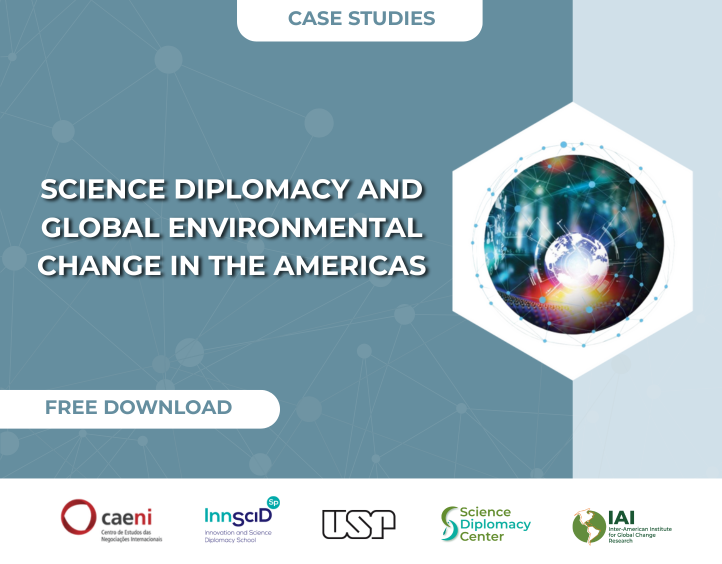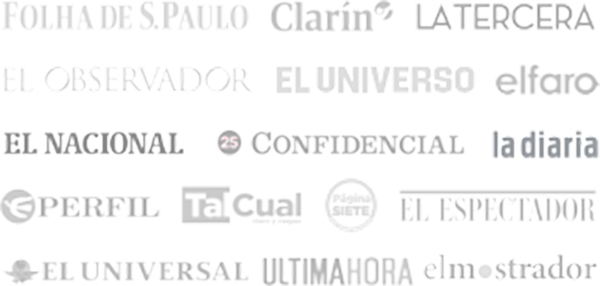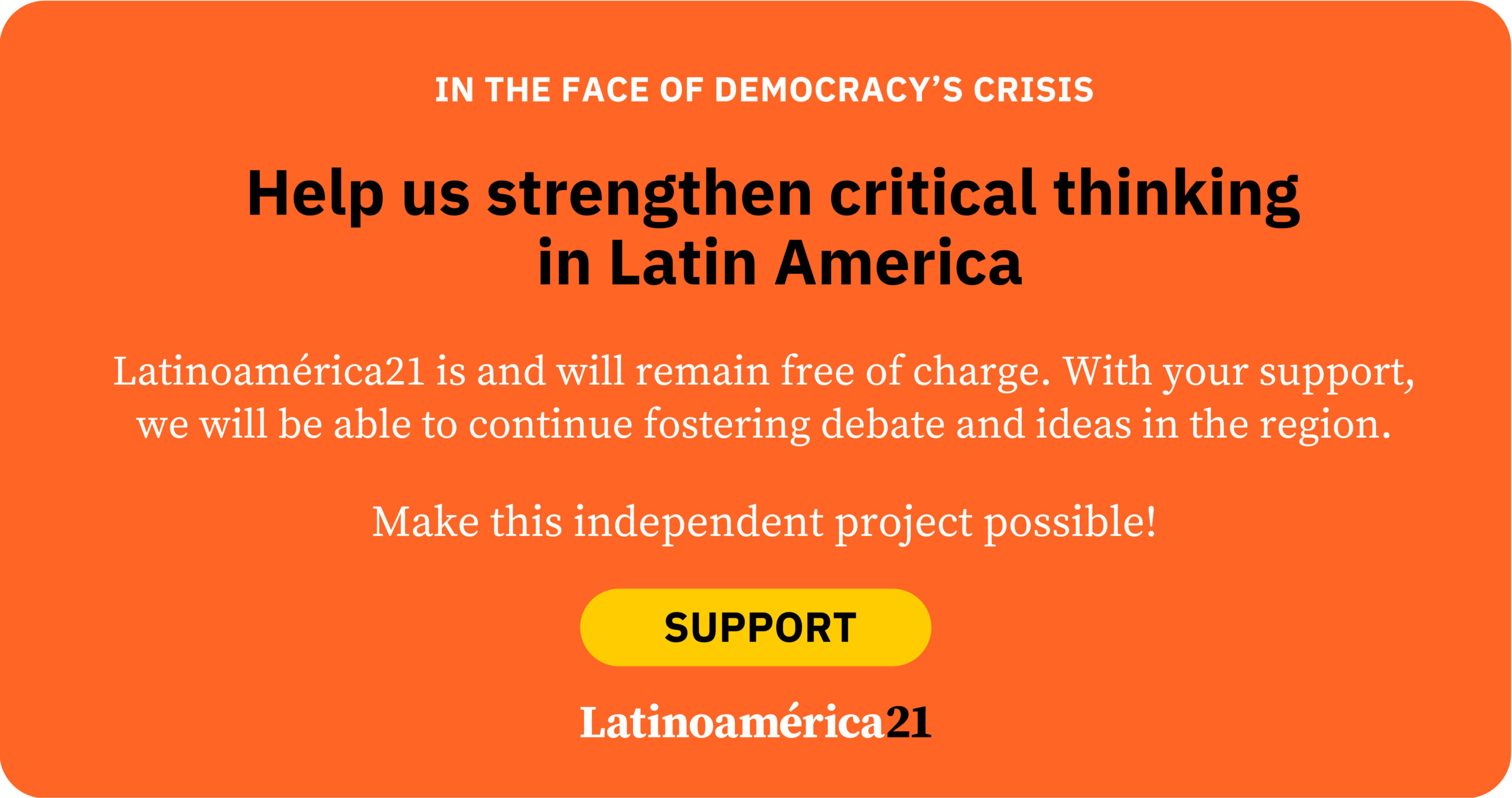The center-left candidate from the Christian Democratic Party (PDC), Rodrigo Paz, secured victory with 54% of the votes, gaining nearly ten points over his rival, Jorge “Tuto” Quiroga. This triumph not only puts an end to two decades of dominance by the Movement for Socialism (MAS), led by Evo Morales, but also grants strong legitimacy to the new administration. However, the political challenges facing the government of Paz, set to take office on November 9, are substantial.
The first major test for Paz will be consolidating his power base in the legislature. The main weakness lies in the fact that the Christian Democratic Party (PDC) functioned as a “rented womb”—an instrumental vehicle lacking social or national roots to support the candidacy. Although Paz managed to attract votes from the MAS “hard core” in several regions, he did not inherit his predecessor’s party structure or mobilization capacity. This fragility within the party gives rise to two points of friction.
Within the PDC’s parliamentary bloc, multiple factions could emerge, each seeking its share of power. The tensions already visible between Paz and his running mate, Edman Lara, during the campaign could deepen, complicating executive governance and the management of the Plurinational Legislative Assembly (ALP).
At the same time, Paz will need to build consensus with other parties. Although he enjoys the explicit support of Samuel Doria Medina’s Unidad party—formalized during the runoff—the relationship with Quiroga’s party, LIBRE, is more strained. Despite sharing ideological affinities (market economy, openness to the world, respect for institutions), the aftermath of the aggressive campaign will make an alliance difficult. A simple majority in the ALP is secured through the PDC–Unidad alliance, but deeper reforms—such as a potential constitutional change—will require rapprochement and negotiation with LIBRE, which holds the key to the two-thirds majority.
A second crucial challenge will be the relationship with powerful and decisive social movements. While the support of these organizations for the PDC ticket was a determining factor in its victory, it does not guarantee unconditional loyalty. With a strong history of political empowerment, these groups will seek to safeguard their privileges and, if they feel sidelined, could resort to mobilizations that threaten social stability. Their backing will be essential to legitimize any economic or social adjustment. How the new government manages tensions with these sectors—and how it handles the legacy of “Masismo”—will be vital to maintaining national stability. In many ways, these are anti-system forces capable of obstructing Paz’s government.
The new administration’s ability to pursue any economic or social policy depends on overcoming these two political challenges: securing a legislature aligned with the executive and establishing effective coordination with social movements.
Once these political hurdles are addressed, the next major challenge will be economic. Paz inherits a country in crisis, facing a shortage of U.S. dollars, inflation, and dwindling international reserves. The removal of fuel subsidies—a crucial step for fiscal sustainability—could trigger serious social unrest. The precedent of 2010, when Evo Morales was forced to reverse a similar measure under pressure from social movements, underscores the delicacy of the situation.
October 19 not only marked the end of a political era but also opened a crucial question: Is Bolivia heading toward genuine transformation—or merely a continuation of the MAS model by other means?
The answer to this question will determine the country’s direction in the coming years. If Rodrigo Paz’s new government chooses the path of genuine transformation, it will be essential to undertake structural reforms aimed at strengthening democratic institutions. These reforms would include reducing presidentialism and establishing a justice system free from political influence.
If, on the other hand, the Paz administration focuses solely on addressing the most pressing economic issues—such as inflation and fuel shortages—while ignoring their deeper causes, the MAS model may well endure. That model is characterized by a narrow-based economy, lacking significant industrialization and stable job creation.
It is likely that MAS, now without a parliamentary majority, will initially grant the new administration some room to maneuver. However, the political landscape will not be fully defined until next year’s subnational elections. Only then will the new balance of power in the country become clearer. For now, Bolivia is taking its first steps beyond the hegemonic dominance of MAS and the shadow of Morales.














